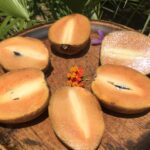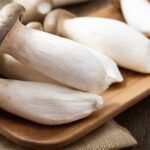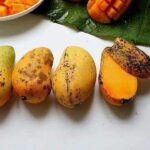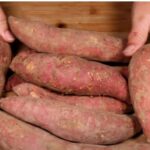
While pomelos have a sweet taste, they are relatively low in sugar content. It is estimated that for every 100g of pomelo, there is less than 10g of sugar. Despite being a sweet fruit, the calorie count in this citrus fruit is also not high. Every 100g of pomelo contains only 41 calories, which is almost three times lower than apples and significantly less than pears.
Although pomelos are delicious and healthy, it is not easy to pick a sweet and juicy one. Pomelos are enveloped by a thick rind and pith, making it challenging to differentiate between a good and bad one. As a result, most people rely on luck when choosing which pomelo to buy.

To help you select a delicious pomelo, especially with the Lunar New Year approaching, Bếp Eva will share a few tips on choosing a good one, as advised by a long-time fruit farmer. With these four tricks up your sleeve, you can confidently pick out ten juicy and sweet pomelos every time.
1. Shape
There are two types of pomelos: those with a pointed shape and those that are round. The flavors of these two varieties differ significantly. So, which one is the tastiest?
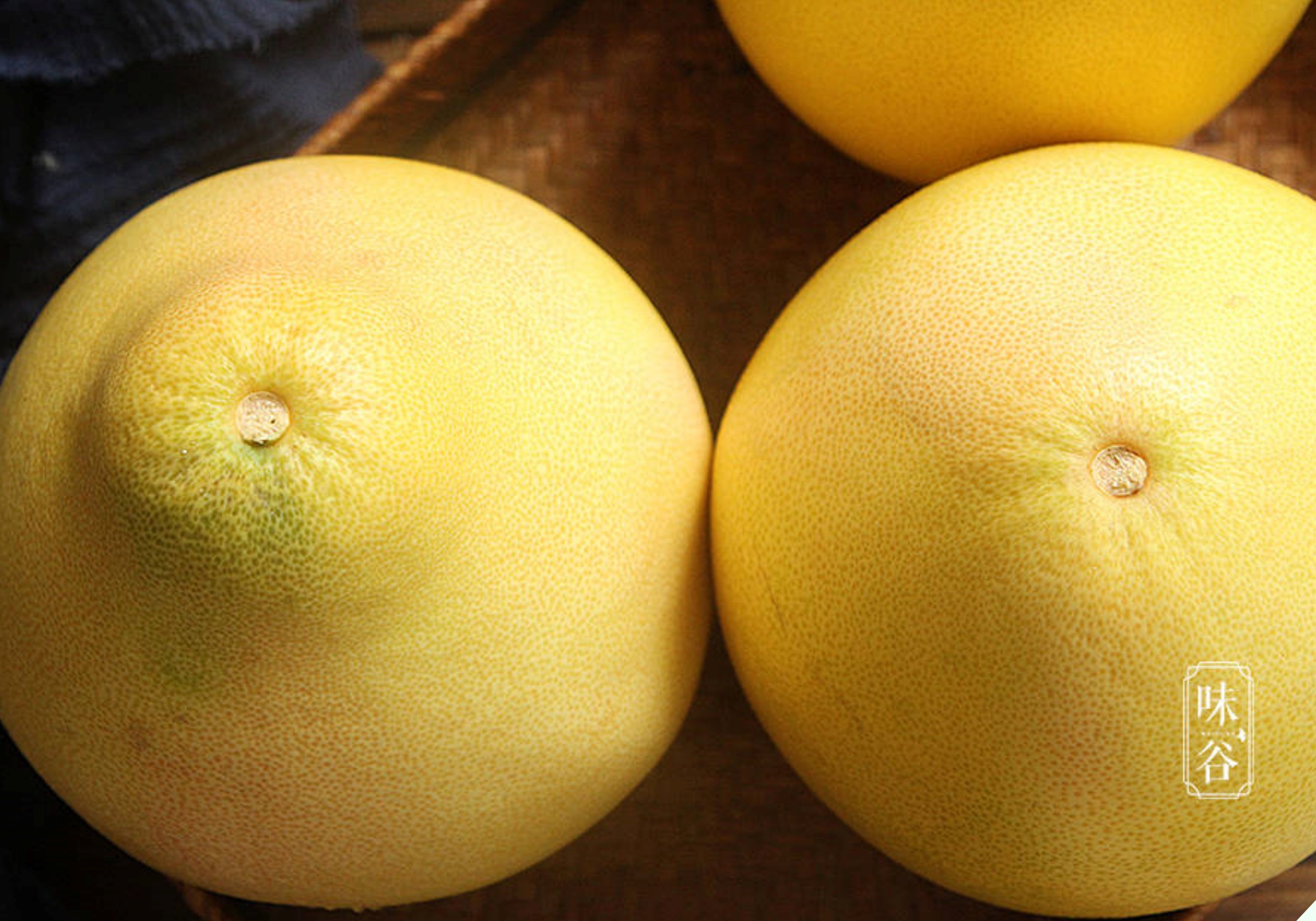
Some people mistakenly believe that the rounder a pomelo is, the better it tastes. However, this is not always the case.
The most delicious pomelos have a pointed tip, a round middle, and a flat base. These pomelos tend to have juicier segments and thinner rinds.
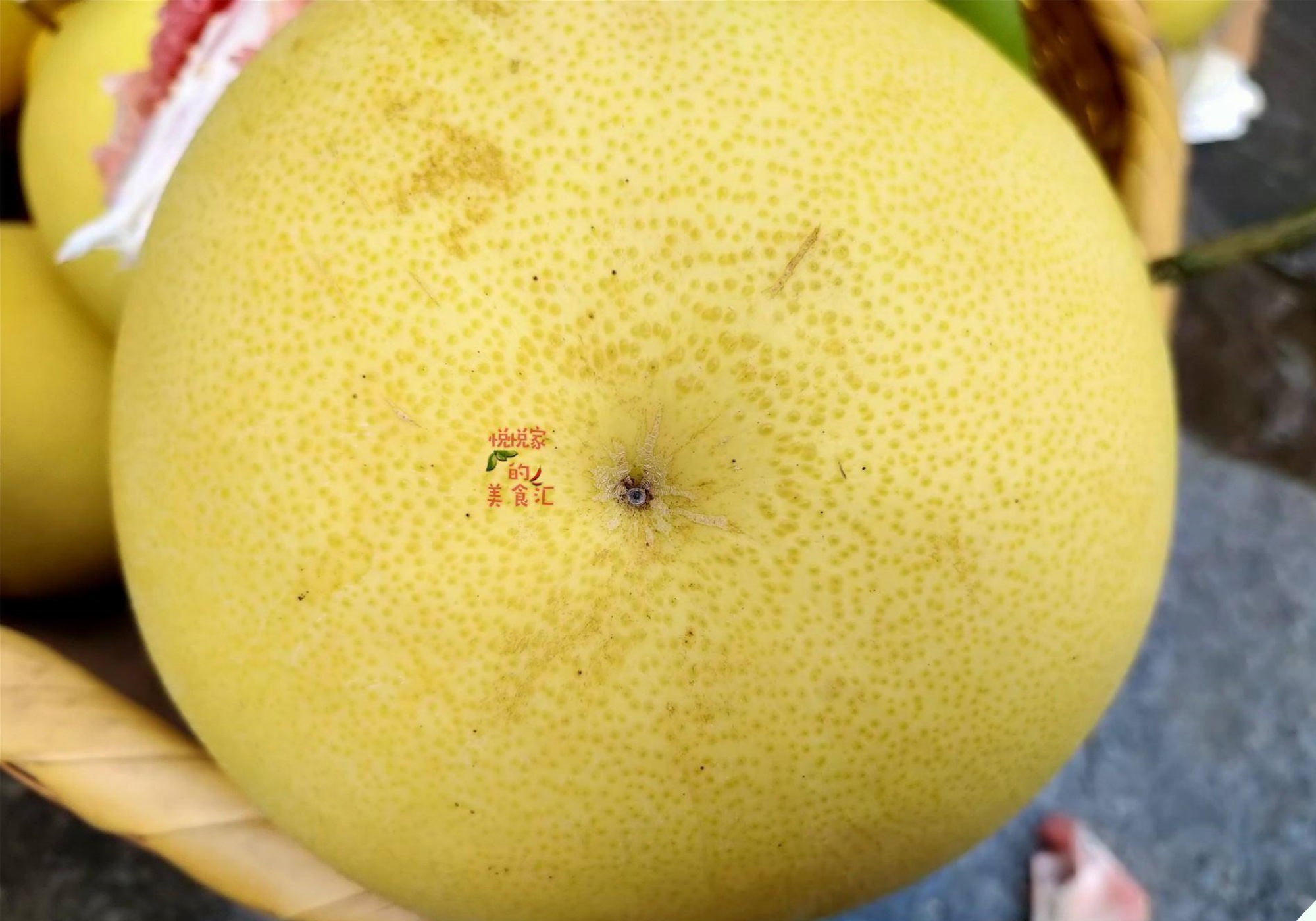
Additionally, pay attention to the base of the pomelo. Usually, there is a section at the base that resembles a belly button. If this area is relatively flat and not too concave, it indicates that the pomelo has a thinner rind and a fuller flesh. So, go ahead and pick it up with confidence.
2. Color
The color of a pomelo’s rind can also give you insights into its ripeness. Typically, most pomelos that have grown under normal conditions will turn a natural yellow color when ripe.
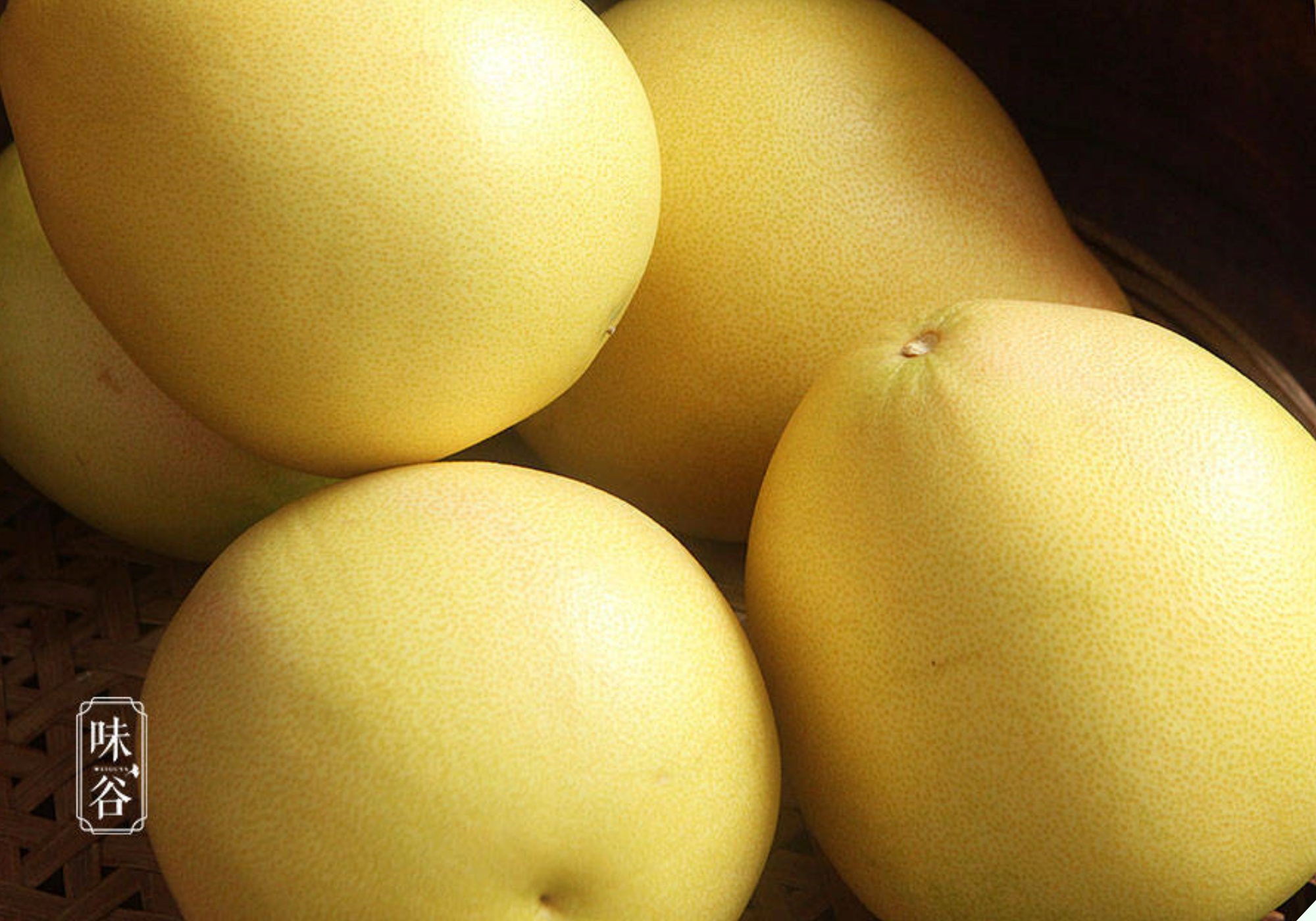
Naturally ripened pomelos tend to have a higher sugar content and a sweeter aroma. On the other hand, green-rinded pomelos were likely harvested before they had a chance to ripen fully. These pomelos may not taste as sweet because they haven’t had time to develop and store as much sugar.
Moreover, if the pomelo’s rind looks pale, it’s a sign that the fruit has lost moisture and is past its prime. An ideal pomelo should have a relatively even color and not be half green and half yellow.
3. Weight
When you come across two pomelos of similar size and shape, you can use weight as a deciding factor. Since pomelos are about 80% water, the heavier ones will have more juice, thicker segments, and a more intense flavor.

On the other hand, lighter pomelos tend to be drier, with shriveled segments. Even though they may look similar in size and shape, they feel noticeably lighter when held.
4. Rind Texture
The final trick to buying a good pomelo is to use your thumb to press into the rind. This simple test will reveal the thickness and elasticity of the fruit’s skin.
A high-quality pomelo will have a resilient rind that bounces back when pressed. The flesh of such a pomelo is usually softer, and the segments are plump and juicy. Go ahead and add it to your cart without hesitation.

On the other hand, if the rind feels very soft and lacks elasticity, it could indicate that the pomelo is past its prime and has been sitting on the shelf for too long. The rind is likely thicker, and the fruit may not taste as good.
Additionally, choose pomelos with smooth rinds. The smoother the rind, the better the pomelo. If the rind is overly bumpy, it could be a sign of prolonged storage or suboptimal growing conditions.
Proper storage is essential to maintain the freshness and quality of pomelos after purchasing them.
– For unpeeled pomelos, store them in a cool, dry place, ensuring that the temperature is neither too high nor too low. With this storage method, pomelos can last from half a month to a maximum of two months.

– For peeled pomelos, place them in a sealed container or a ziplock bag and store them in the refrigerator’s crisper drawer. It is best to consume the pomelos within two to three days. Since pomelos are high in water content and nutrients, they provide an ideal environment for microbial growth, so it’s not advisable to keep them for an extended period.
The Ultimate Guide to Choosing the Perfect Mango: Should You Pick the Ones With Black Spots for Worship on the Full Moon? Unveiling the Top 5 Tips From Growers to Get the Best Mangoes
To choose the perfect mangoes for your incense offering, one must possess an innate understanding of the fruit’s subtle nuances. It is an art, a delicate dance between the senses and the secrets whispered by the mangoes themselves. The quest for the ideal mango involves a discerning eye, a sensitive touch, and an unwavering devotion to the pursuit of aromatic excellence.

























